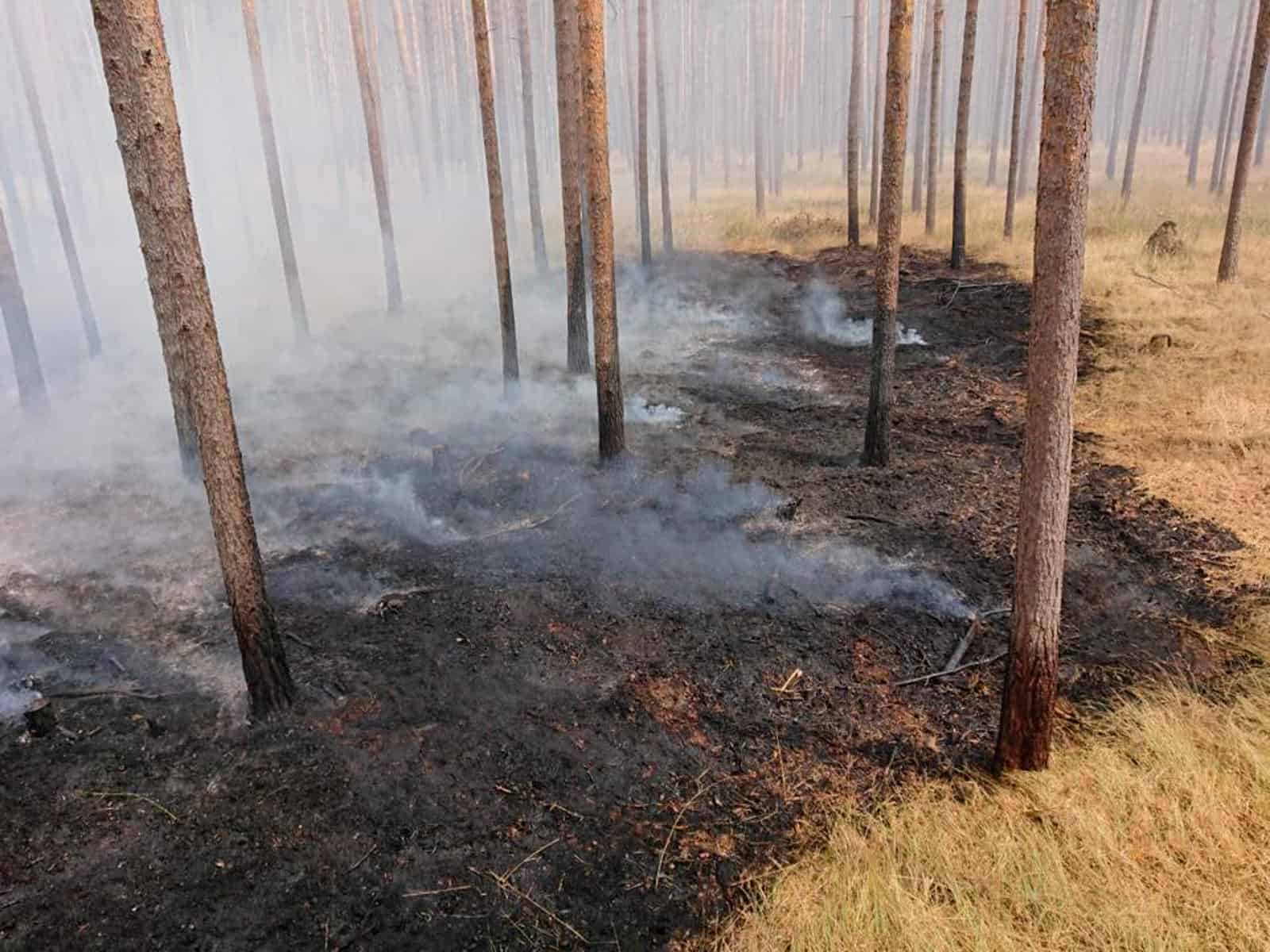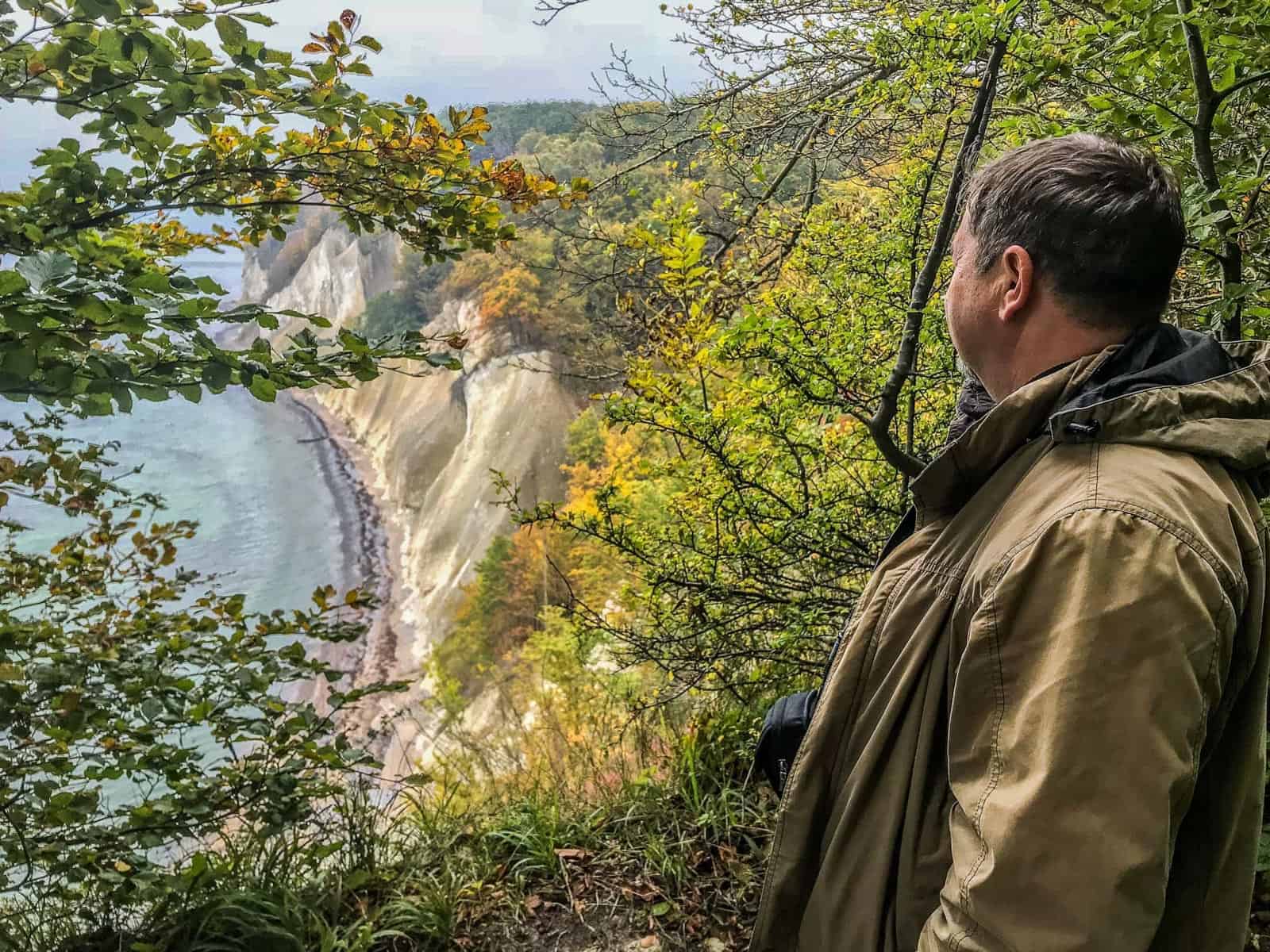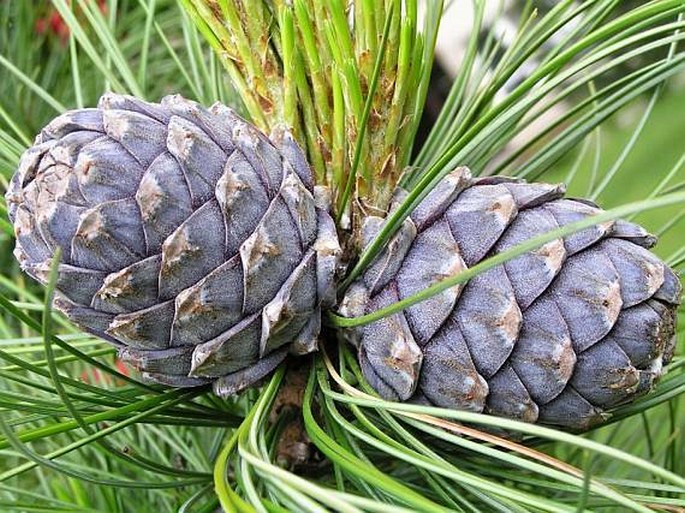Global recognition of the primeval beech forests in Europe
The inscription of European Beech Forests, never before did so many countries work together for one topic on the UNESCO World Heritage List.
The heritage ‘Ancient and Primeval Beech Forests of the Carpathians and Other Regions of Europe‘ covers after the approval in Krakow in July 2017 a total of 78 locations in 12 different countries. In a record time, the request has been approved and inscription has been granted by the UNESCO World Heritage commission, says Viktoria Hasler from the Austrian ministry. It is the highest recognition in the world and proves the ‘Outstanding Universal Value’ of the European beech forests.
UNESCO World Heritage can be Cultural and Natural Heritage. By far, you find most World Heritage in Europe, 832 of 1073 in total. For every 20 cultural heritages there is 1 natural heritage in Europe approximately. The inscription of the European beech forests is therefore a very important step towards recognition of our natural wonders.
In Austria there are currently 9 cultural heritages and now the first natural heritage. The largest area of protected Austrian beech forest lies in National Park Kalkalpen. It holds more than 5.200 ha of protected beech forest, 25% of the total National Park area. With several events, the National park celebrates the inscription.
World Heritage and European Wilderness Network
Our European Wilderness Network of certified Wilderness in Europe, is becoming more important. With the current developments of the World Heritage inscriptions, the overlap between Europe’s natural heritages and the Network increases further. The Kalkalpen Wilderness, Synevyr Wilderness, Zacharovanyy kray Wilderness and Carpathian Biosphere Reserve Wilderness are just a few examples. This is also the reason why the European Wilderness Society and the European Beech Forest Network cooperate on the WILDForest certification.
Romanian beech forests still under threat
Some of the largest areas of primeval and ancient forests of Europe are in Romania. Romanian authorities and foresters destroy these forests, including beech forests, on a large scale. As the World Heritage only considers areas that already have a protected status, UNESCO currently excluded thousands of hectares of primeval forest. The logging takes also place in buffer zones of the new World Heritage areas, thereby threatening the overall transcription. If one country fails to meet the UNESCO objectives, all countries will lose the Natural heritage status. International cooperation is thus more important than ever.
European Wilderness Society published a report on the deforestation practices in Romania, written by Prof. Dr. Knapp. As a board member of the European Beech Forest Network, he is closely involved in many forest-related activities in Europe.

Carpathian Biosphere Reserve publishes book
In support, the Carpathian Biosphere Reserve has published a great book on the history and management of “Primeval Beech Forests of the Carpathians and the Ancient Beech Forests of Germany”.
“It is a comprehensiv documentation of the “ongoing process” of safeguarding the last remnants of primeval beech forests in Europe, as well as of the history of the nomination to the World Heritage List.” – Prof. Dr. Knapp
The document can be found online here (36MB). The book is currently only available in Ukrainian, an English translation will follow.
Stay up to date on the Wilderness news, subscribe to our Newsletter!








